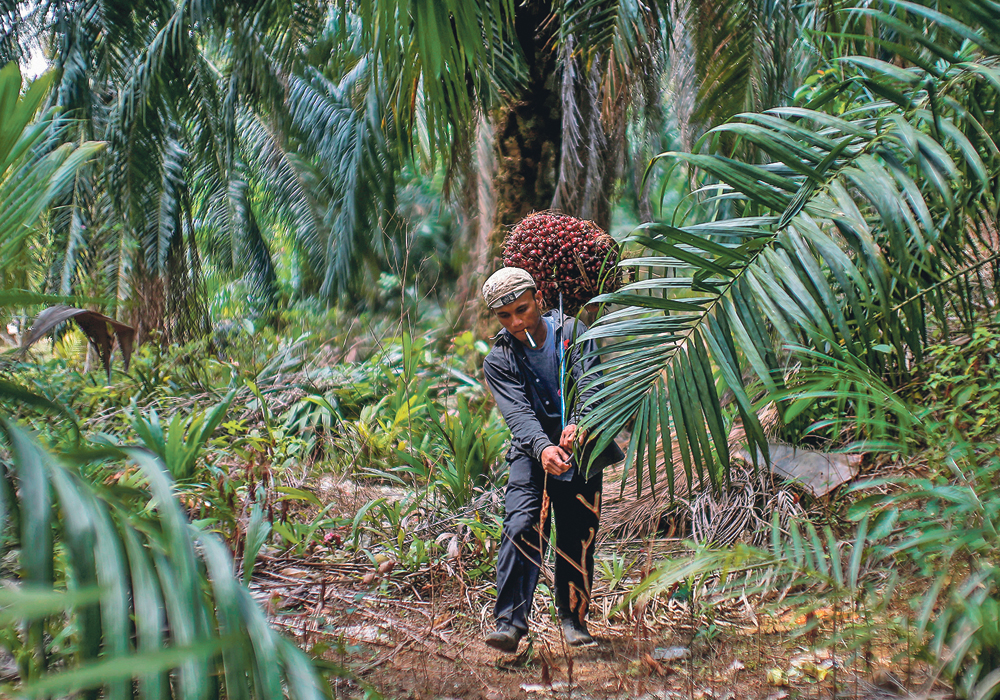Palm oil production is expected to rebound in Malaysia and Indonesia in 2022 providing some relief to the vegetable oil shortage, says an international analyst.
Sathya Varqa, owner and co-founder of Singapore-based Palm Oil Analytics, expects a five-to-eight percent increase from 2021 levels in Malaysia and a three percent hike in Indonesia.
Indonesia is the world’s largest producer of the tropical oil but global markets look to Malaysia, the second largest producer, for price discovery through the Bursa Malaysia Derivatives markets.
Malaysia’s palm oil production is forecast to plummet in 2021. An estimated 1.29 million tons was lost between January and September compared to the same period a year ago. That amounts to an 8.8 percent reduction in supply.
Read Also

Saskatchewan puts crown land auction on hold
Auctions of Saskatchewan crown lease land are once again on hold.
Production in 2021 is expected to be the lowest in five years, coming in at 17.5 to 17.8 million tonnes.
The primary reason for the loss in production is an acute labour shortage caused by the COVID-induced closure of Malaysia’s borders, resulting in an inability for plantations to bring in foreign workers.
“Remember, Malaysia’s oil palm industry is almost 70 percent dependent on foreign workers, especially for the back-breaking harvesting work,” Varqa said in an email.
The government moratorium remains in place. However, there is a plan to grant special approval for 32,000 migrant workers, mainly from Indonesia, to work in Malaysia’s palm plantations.
If that plan comes to fruition, it will boost crude palm oil production in Malaysia from March 2022 onward, assuming the weather outlook remains normal, he said.
The second factor behind the slumping production in 2021 is reduced planted area, as land is converted into residential development to address a growing urbanization problem.
Lastly, yields have been steadily declining due to slow replanting and erratic weather conditions that cause excessive rains one year and no rains the next.
Indonesia does not face the same labour shortage issues as Malaysia but it is struggling with other issues such as an exorbitant export tax and sustainability concerns.
Indonesia’s production is estimated at 48 million tons in 2021, up two million tons from the previous year. It is expected to climb to 49.5 million tons in 2022.
Palm oil demand has been rebounding since April 2021, which is causing high vegetable oil prices that is contributing to food price inflation in various markets around the world.
Varqa expects demand to be back to normal by 2022 if there are no further COVID lockdowns.
Bunge chief executive officer Greg Heckman said global demand for vegetable oils continues to be robust, so he is not overly concerned about the bigger soybean crops forecast for the U.S., Argentina and Brazil in 2022.
He told investment analysts during the company’s third quarter 2021 earnings call that the demand for renewable diesel remains strong and that, combined with palm oil supply problems, will prop up the vegetable oil complex.


















